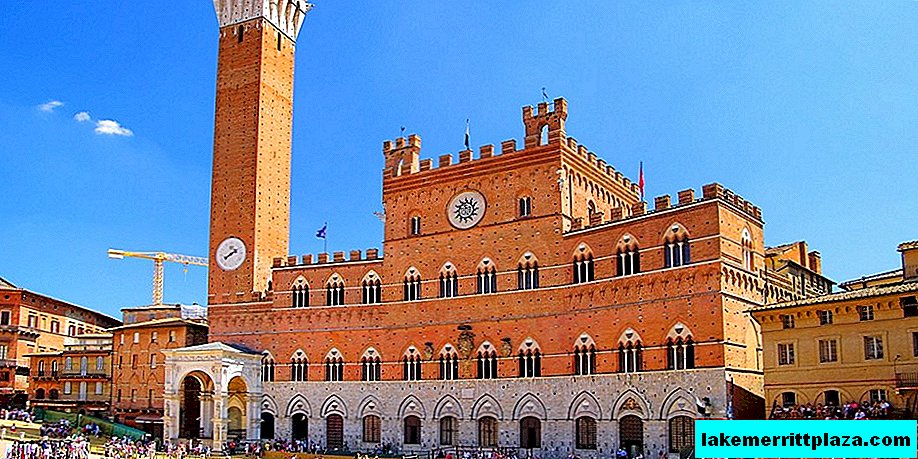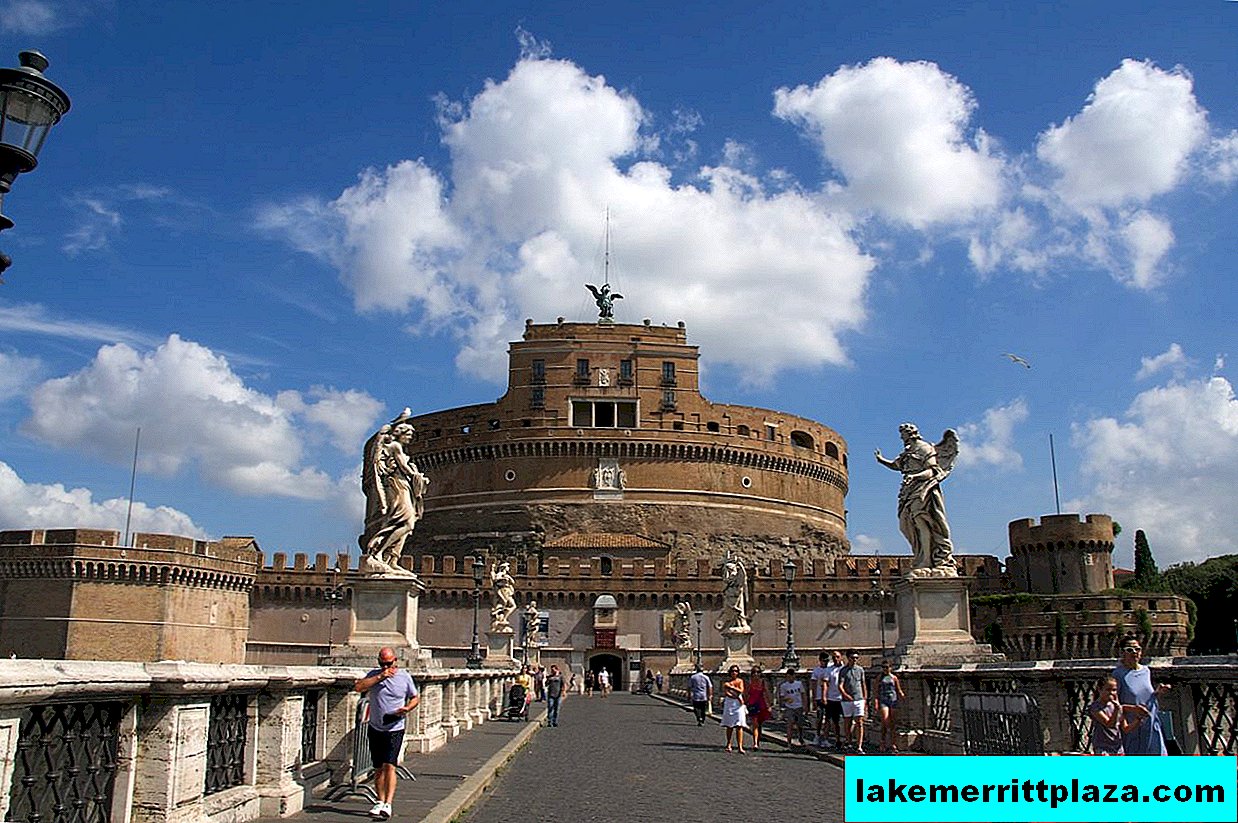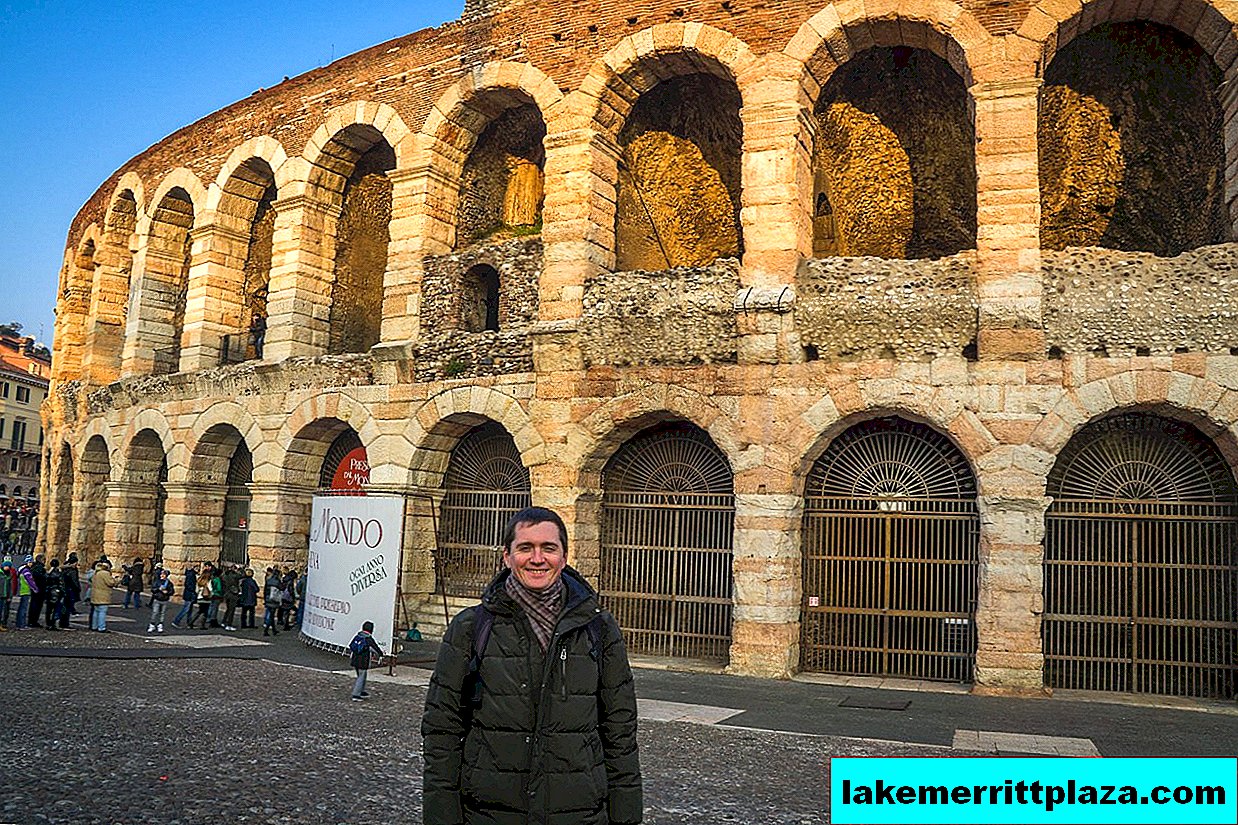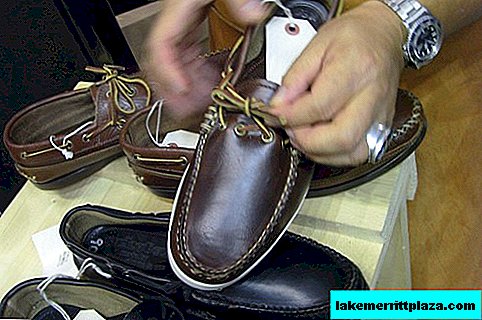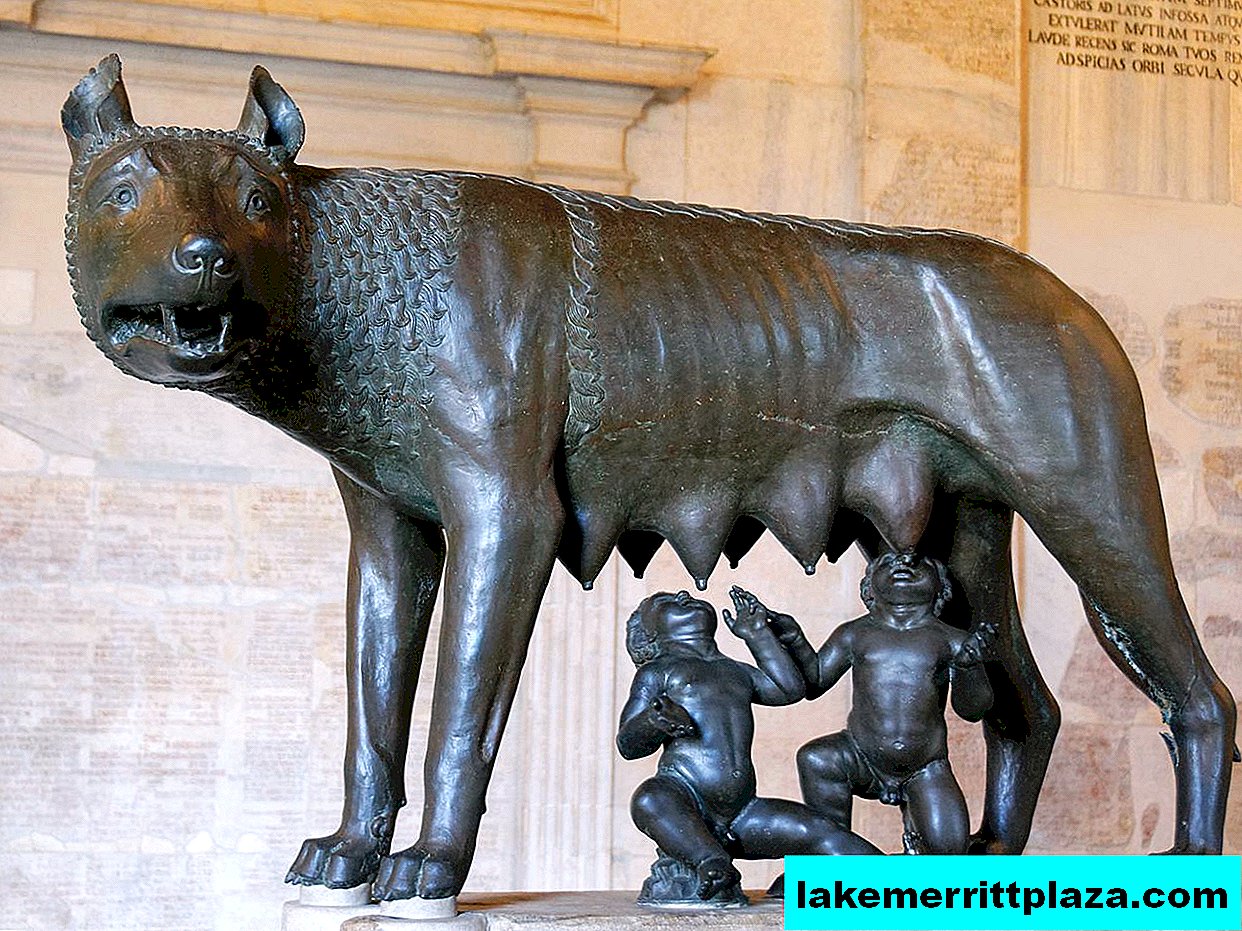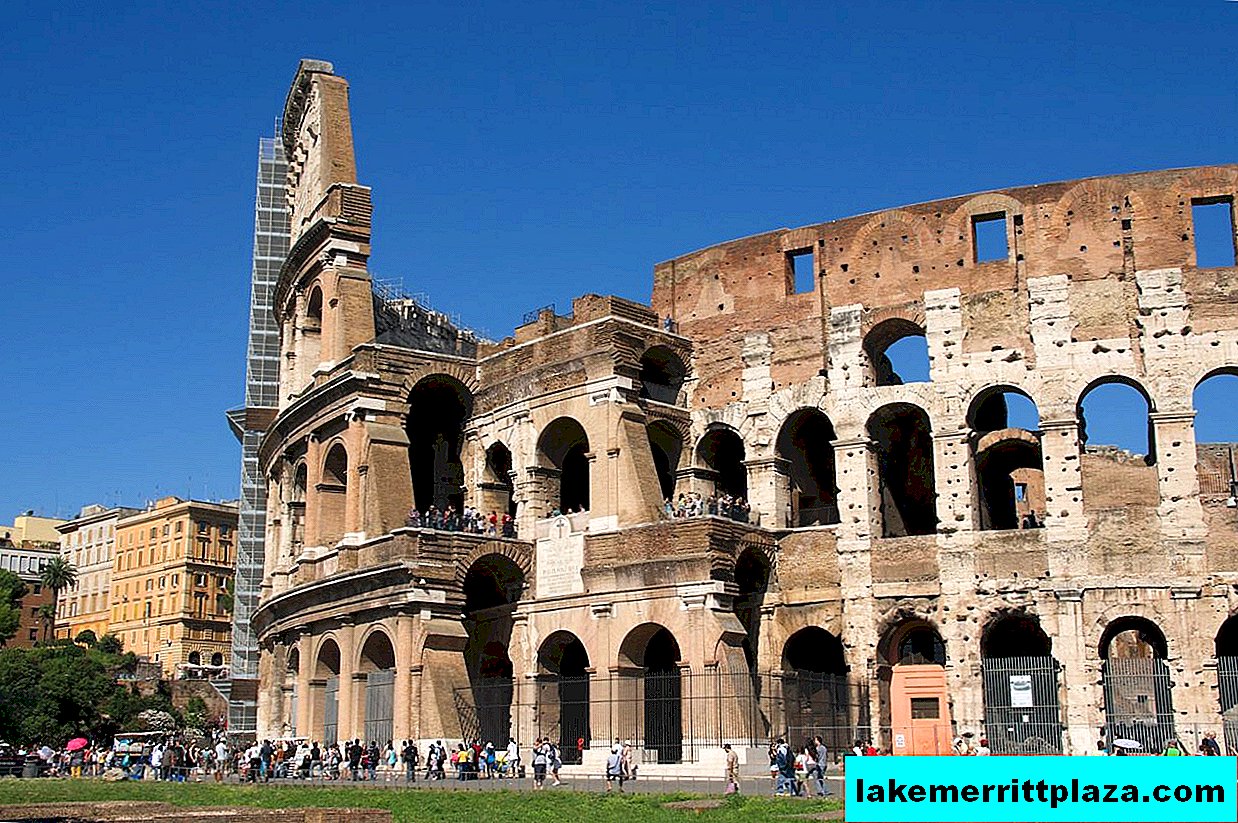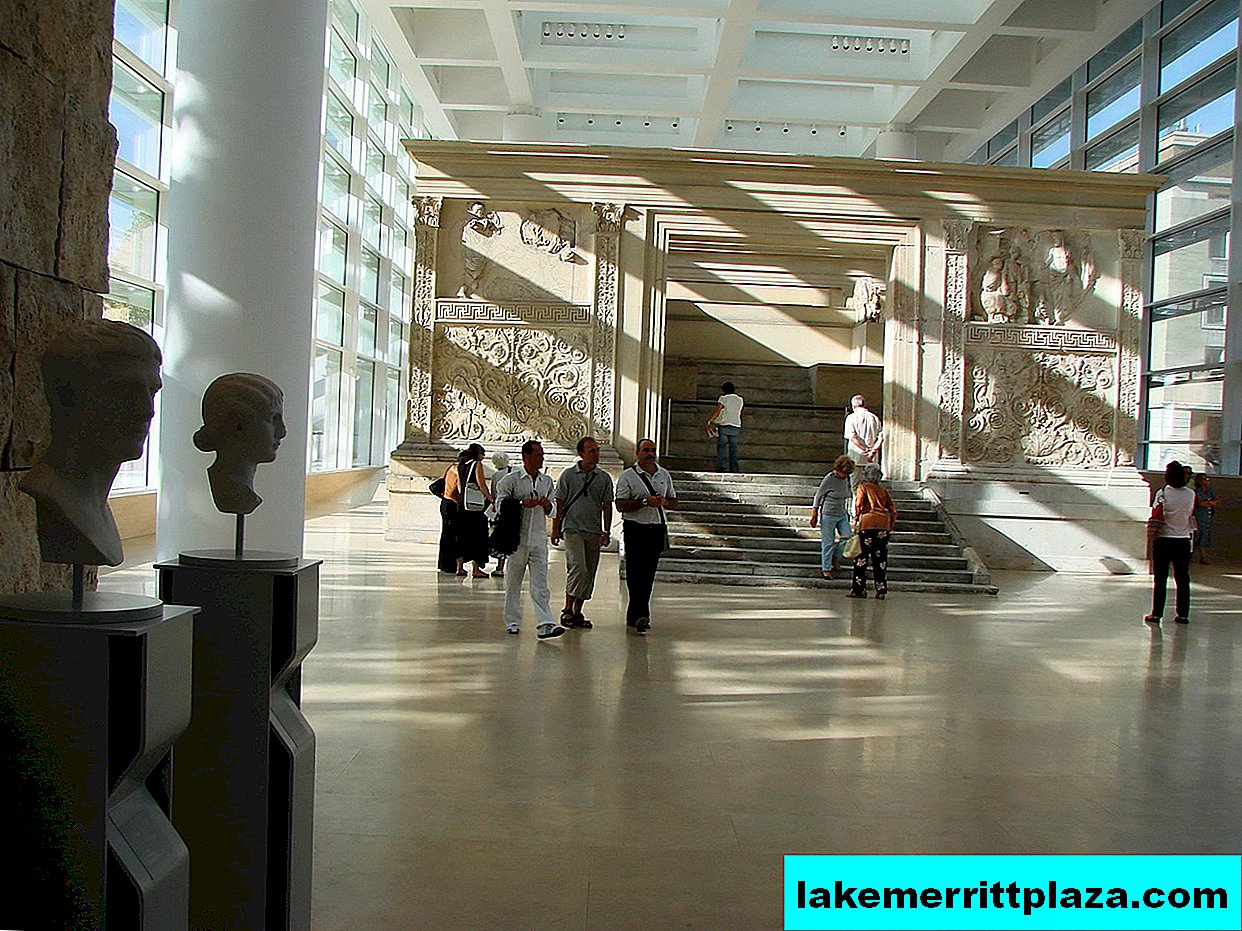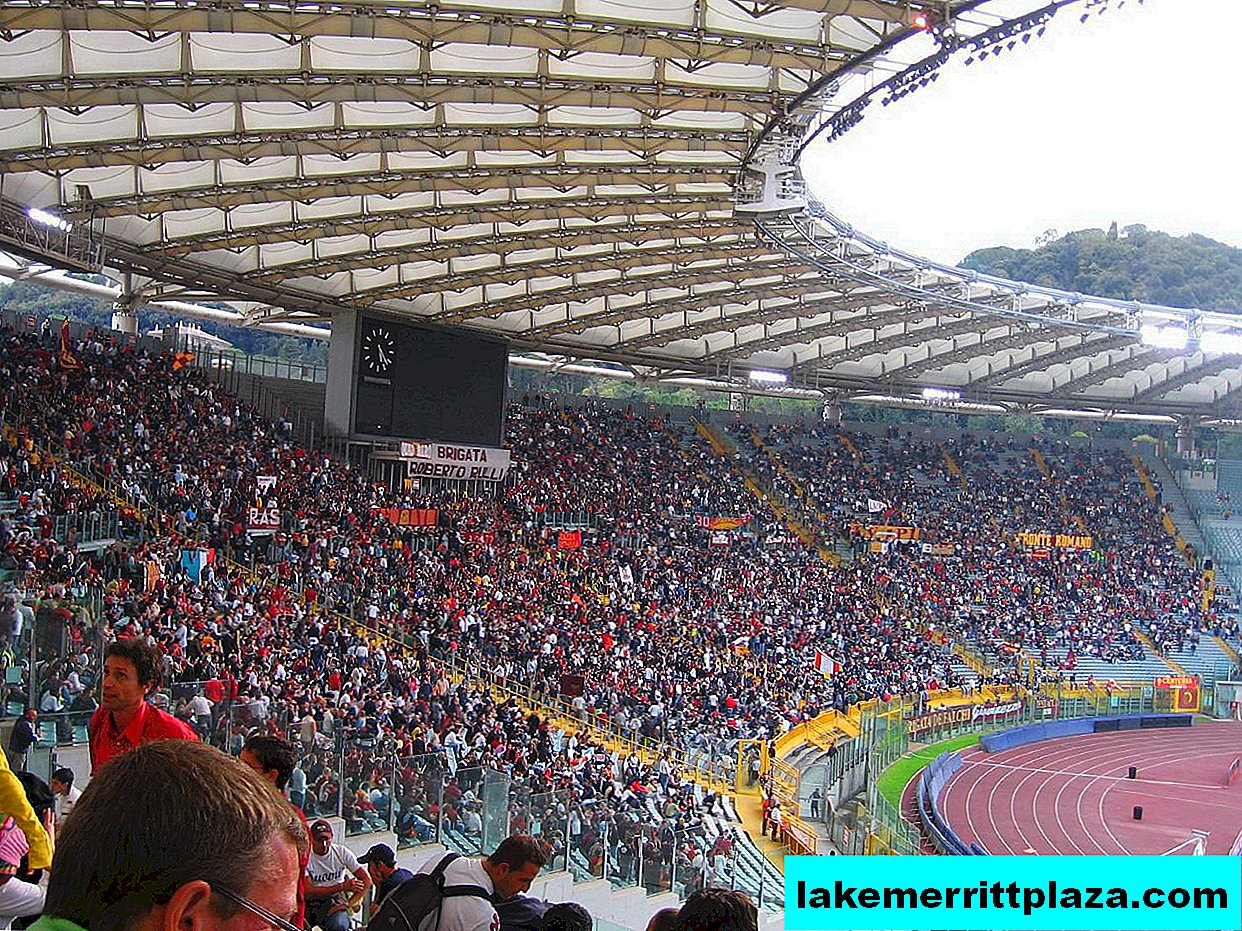Bellevue Palace was built in 1786. But today's building is a remake. After the war, almost nothing was preserved. In the palace is the residence of the President of Germany. In the annex - the presidential office.
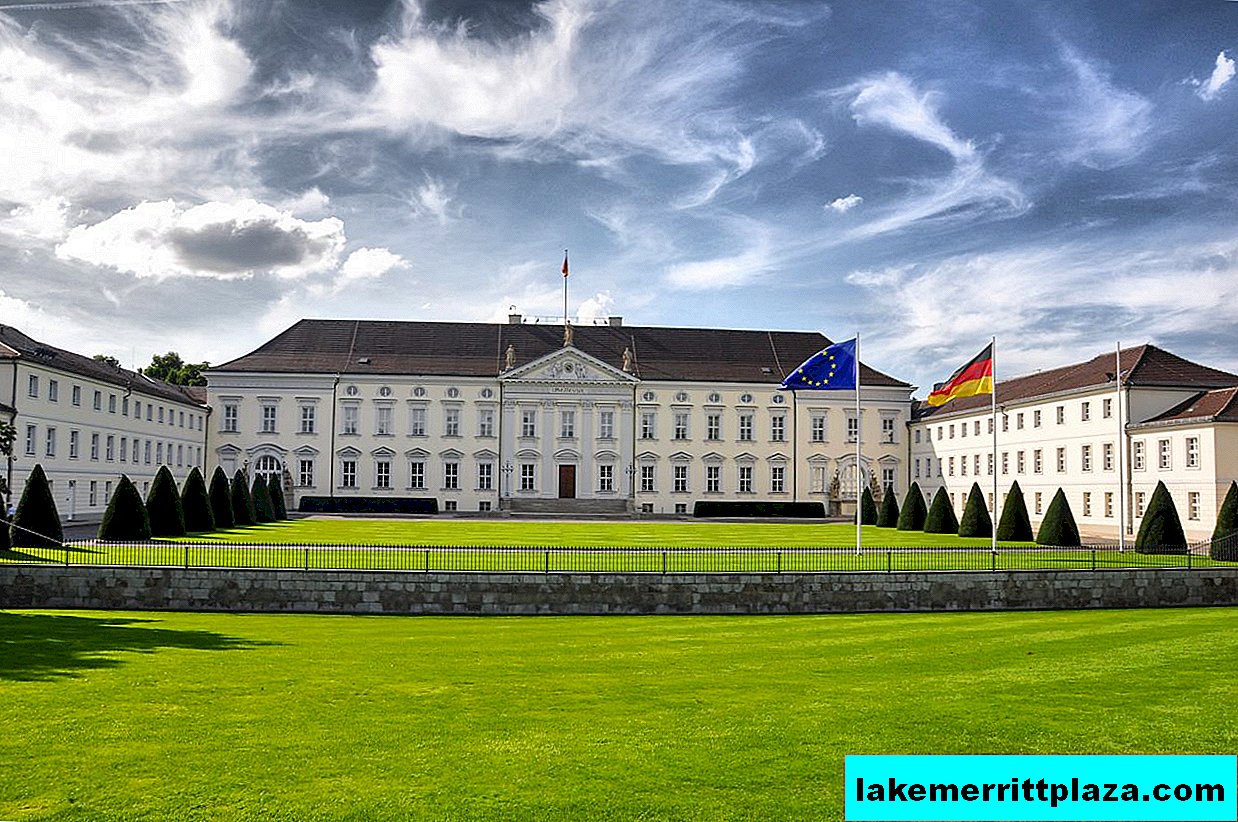
Bellevue Palace (Schloss Bellevue), photo by Jack de Kort
Bellevue Palace (Schloss Bellevue) is located in the northern part of the Tiergarten park in Berlin. Today, the residence of the federal president is located here, so access to the palace and park is closed.
The beautiful Bellevue Palace is located on the banks of the Spree River. It was built in 1786 by the architect Philippe Baumen, as a summer residence for Prince Augustus Ferdinand. And the prince was none other than the younger brother of King Prussia Frederick II. August Ferdinand hosted many famous people at his residence. Among them were Friedrich Schiller, Napoleon, Louise and Friedrich Wilhelm and Wilhelm von Humboldt.
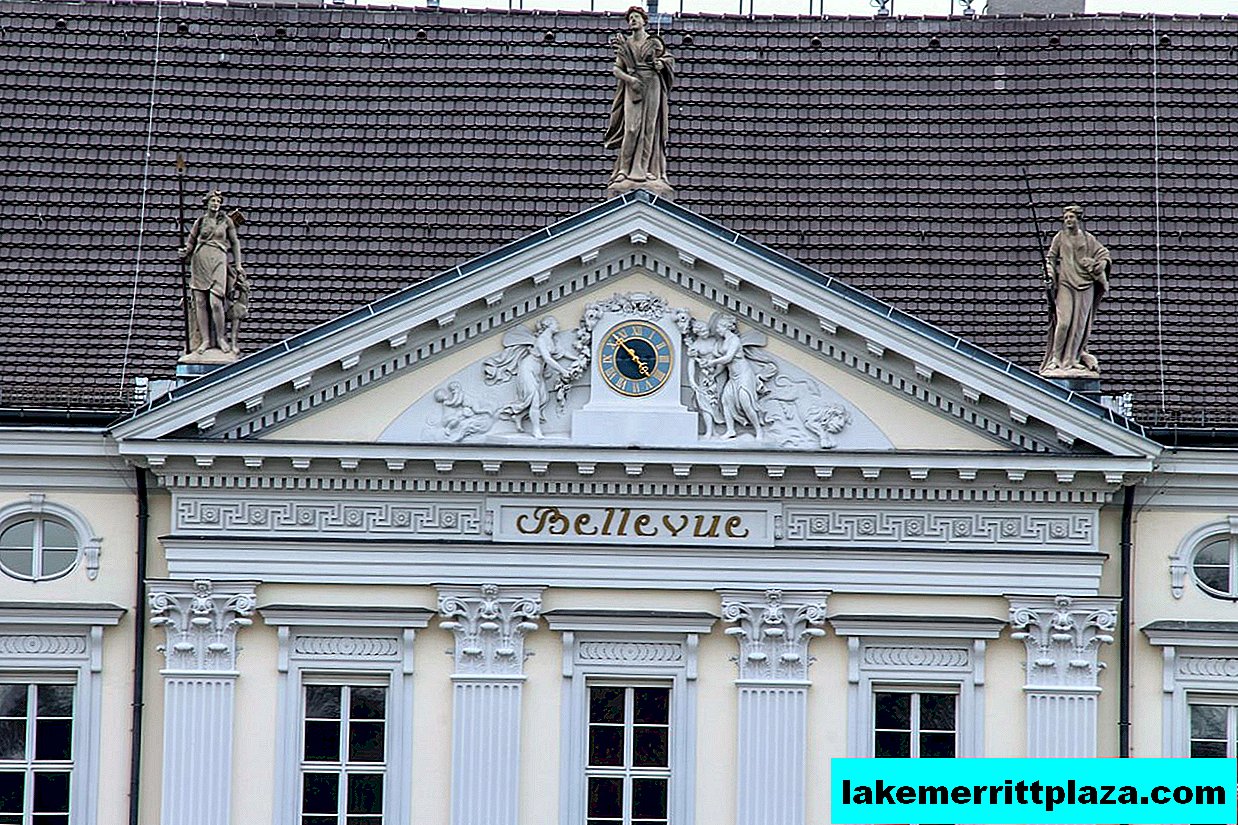
Details, photo by Vitalis Fotopage
In 1844, an art gallery was opened at Bellevue. The palace park has also become available for public visits.
After World War I in 1928, Bellevue became state-owned. There were exhibitions devoted to art, and in 1935 the Museum of German Applied Arts was opened.
In 1938, the palace expanded, another wing was added for guests of the Great Reich.
Bellevue suffered during the Second World War. From it there were only external walls. In 1954-1959, the building was rebuilt, and the ministries of the federal states of Germany were located here. In 1986-1987 and 2004-2005, the palace was restored. Historic interiors have been restored.
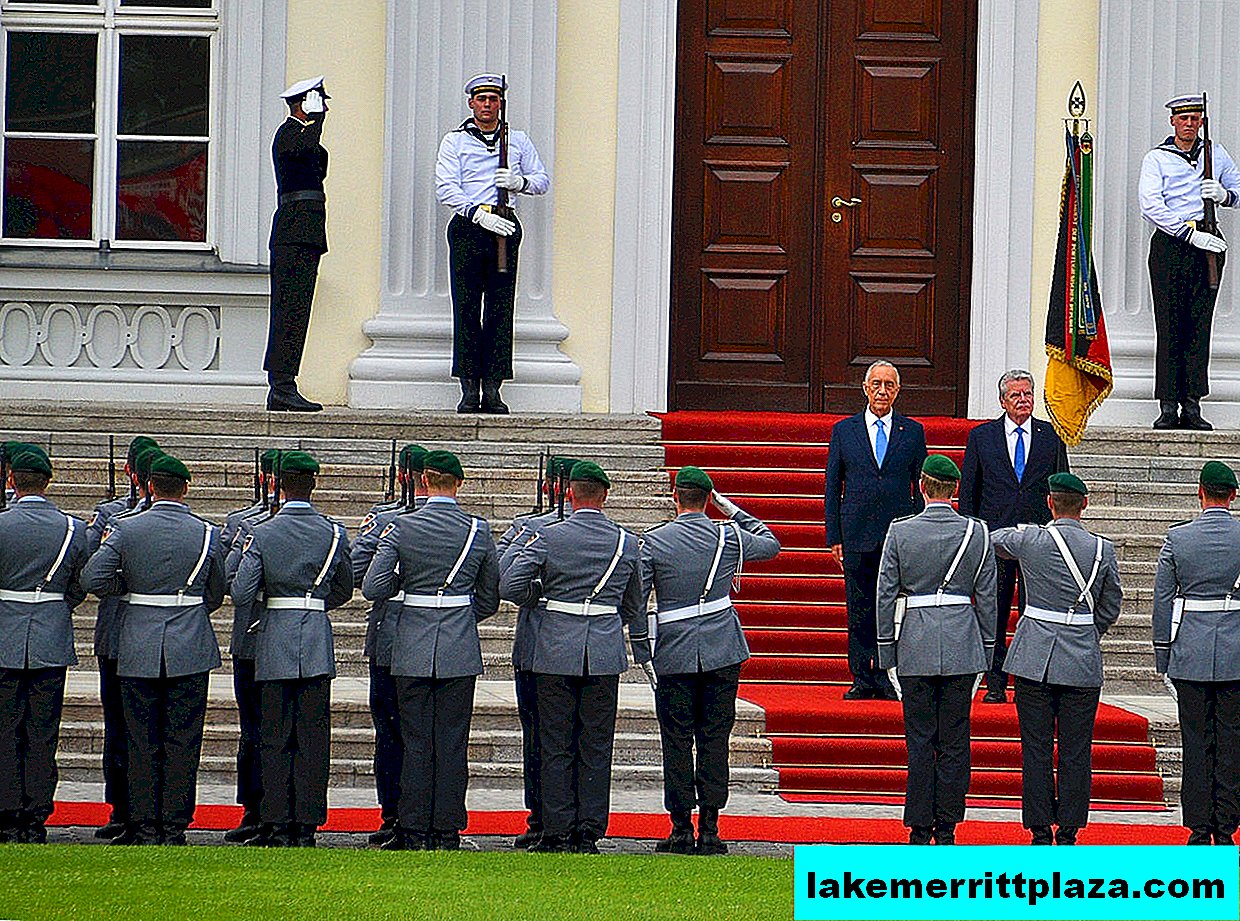
The official meeting in the palace, photo by GlynLowe
And since 2006, the castle has been the residence of the president of the country, and the territory is closed to visitors.

View of Bellevue Palace from the road, photo by Fridolin freudenfett
How to get there
Take the metro to Hansaplatz station or by train S3, S5, S7, S75 to Tiergarten.

